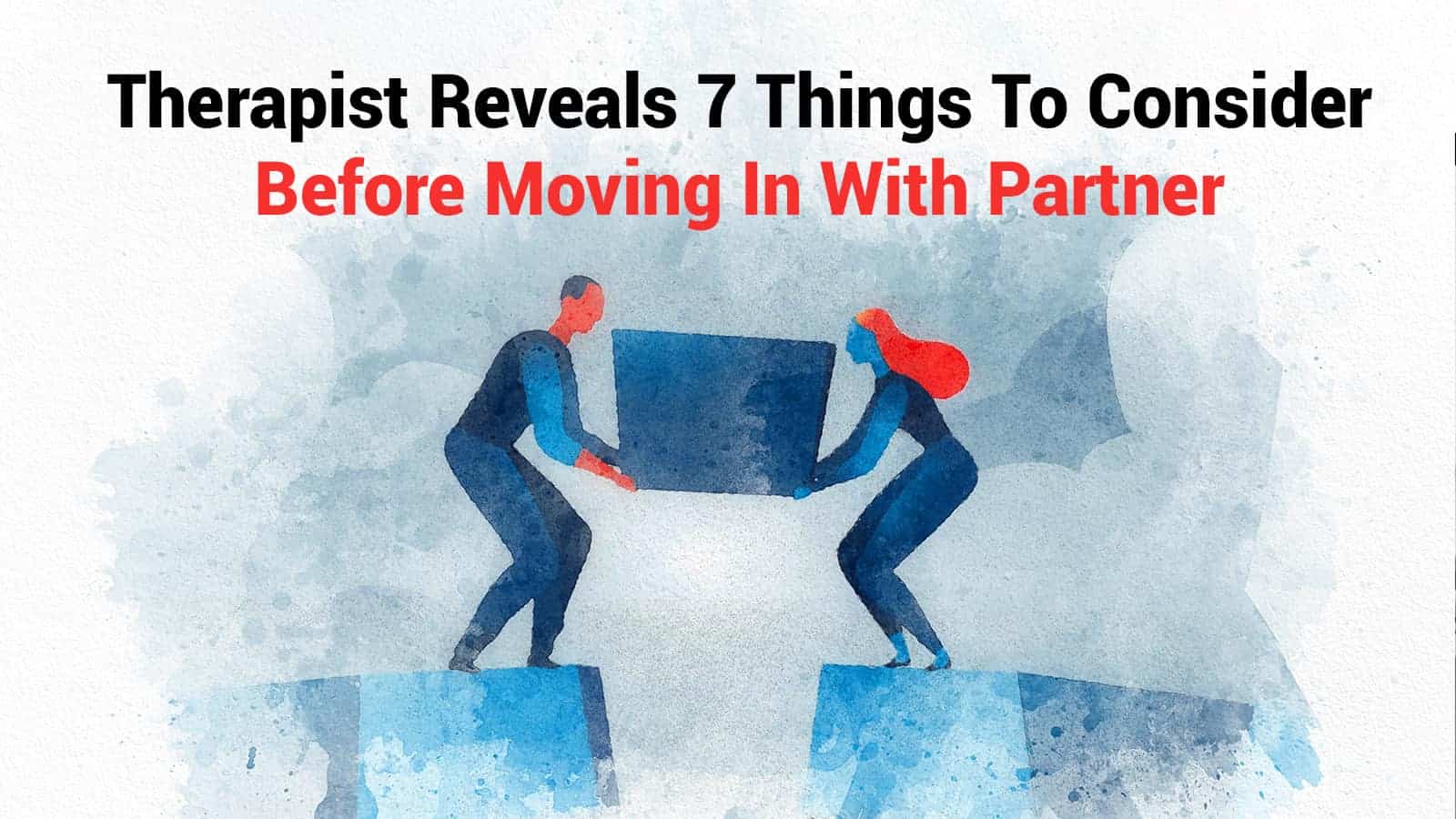Snuggling up to your partner at the end of a long day feels great, but it might also be a great way to build a lasting relationship. Sure, both of you need to get enough sleep. But how you share the bed with your other half could reflect how well you share in other areas of your relationship.
Sleeping with your partner is an intimate part of your relationship and you spend a good portion of your time together asleep. The nature of your relationship, whether good or bad, can be reflected by your sleeping positions.
Good sleep hygiene
We have a physical need for sleep to maintain good health and be able to function fully in our daily lives. Although scientists are still learning about the functions of sleep, they believe that sleep helps restore bodily systems, builds memories, and provides a release from stress experienced while awake.
Finding the right posture in bed can Be important for your overall level of comfort. No one wants to wake up with pain from a kink in their neck. Whether you sleep on your side, back, stomach or curled up, the position you’re in will affect your body differently.
Sleeping on your back may be the most comfortable if you’re dealing with neck or back pain. But if you’re prone to snoring, sleeping on your stomach may help open your airways a bit more. Some postures are also better for our appearance. For example, avoiding prolonged contact with your face with the pillow can reduce wrinkles.
Intimacy
The bed is where a lot of intimate activity takes place for couples. This makes it the stage for potential conflict due to miscommunication. One partner may interpret a signal by his lover to come to bed as a sign that they will have sex, while the other simply means that it is time to sleep.
Both partners need to have clear communication about signals for sex. Whether these are nonverbal cues like a deep passionate kiss or a verbal one like, “Honey, let’s go heat up the sheets,” both people need to know what is expected when they head to the bed.
Troubles in bed
Finding comfort for both partners can be a problem that makes couples resort to sleeping separately. Sleeping separately may not be the right solution, whether the disturbance is due to noise from snoring or conflict over the perfect sleeping temperature.
When partners cannot compromise on the environment they share in the bedroom, they are also likely to be experiencing conflict in other areas of the relationship. According to Dr. Laura Berman, sleeping apart means that couples miss opportunities to connect emotionally and intimately.
Solving sleeping problems
Dr. Berman suggests that it is worth solving sleep problems so that couples can reap the benefits that sleeping together provides. Couples who are able to sleep together sleep more soundly and may have lower levels of the stress hormone cortisol. High cortisol levels may cause serious health problems and lower life expectancy overall.
What your unconscious mind is trying to tell you
Your unconscious mind is awake while the rest of you sleeps. It’s the part of your mind that brings you vivid dreams and works out problems that you had during your waking hours. It also regulates your body functions and controls involuntary movements during the night.
If you fought with your partner during the day, you might not be surprised to find yourself turning your back on them while you sleep. Your body’s posture will still reflect your anger earlier in the day.
Or perhaps you were at fault for something that upset your partner earlier. This might be reflected in your lying facing your partner while he turns his back to you. Your waking attitudes toward each other are reflected in your sleeping positions.
Here’s what your sleep position says about your relationship:
1. Face to face
Partners are connected intimately, and may want to drift off to sleep while talking
2. Back to back
Separate sleepers who respect each other’s need to be independent. This could indicate a lack of intimacy.
3. Facing the same direction
Often called spooning, the person on the inside is regarded as being protected by the outer partner. This can mean that the “big spoon” is the dominant partner in the relationship. Often this is an indicator of intimacy and could also be a way to initiate sex.
4. Entwined limbs
Partners are comfortable being literally and emotionally entangled. They are an intimate, honest power couple.
Changing positions throughout the night
We all move in our sleep, so don’t worry about always staying in the same position with your partner. As we sleep, we rarely stay in one position. We may move two to four times an hour.
If you wake up and find that you are no longer in the position you were in when you fell asleep, it’s not a problem. According to a survey of 1000 couples, the happiest were those who had some physical contact with their partner. Try to focus on maintaining at least some physical contact with your partner and then drift back to sleep.
Finding a sleeping position that meets your needs and your partner’s needs will make both of you happier and well-rested. Compromising in your relationship can build lasting happiness for your future together.















 Community
Community

